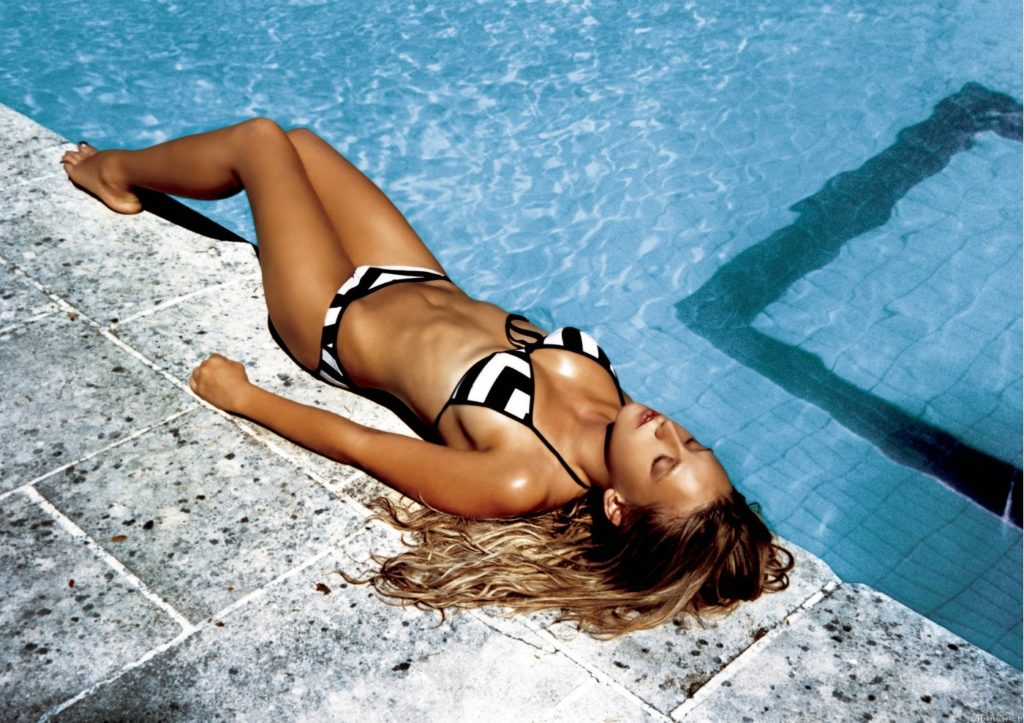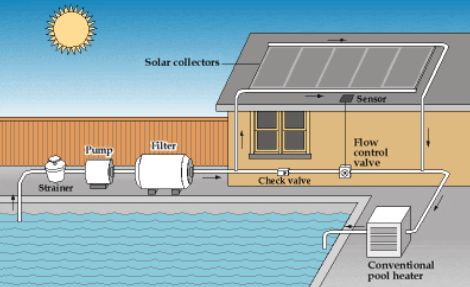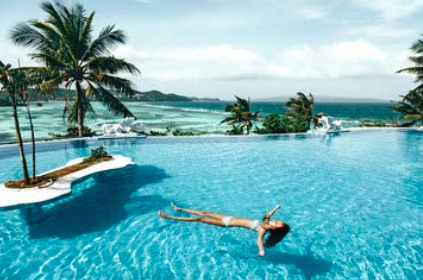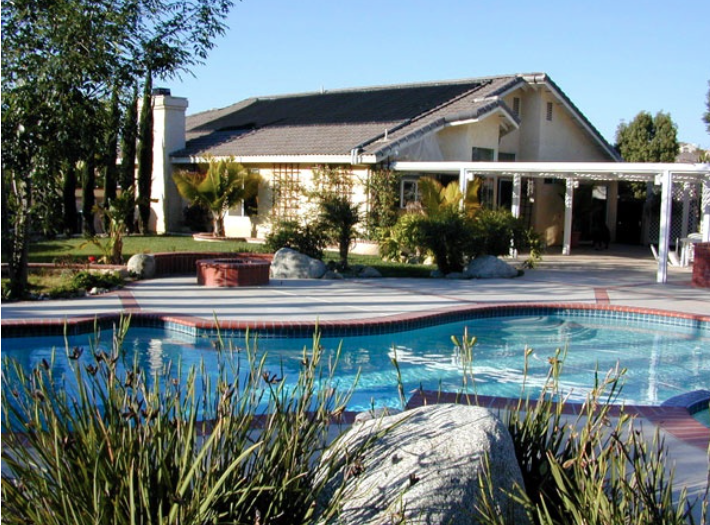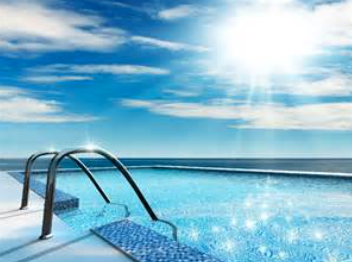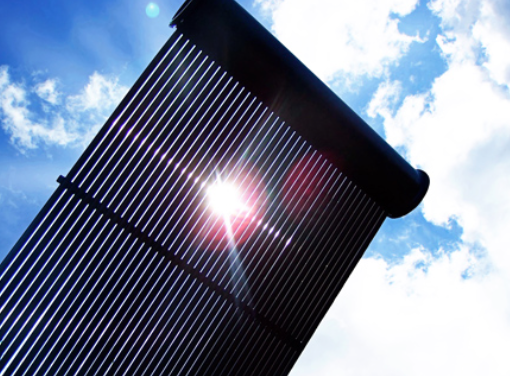
For the typical user, temperatures between 76-88 are most comfortable. Most heating systems use gas heating and average yearly cost can rise between $1400-$2000. A therm can heat a gallon of water per hour, at the cost of $7/hour, taking 14 hours to raise to the desired degree and needing hours to maintain it over the days you want to swim you can see where costs add up. A one time investment with a solar pool heating system can last you up to 20 years and give you a 3-5 year return on residential units, and 1-3 years on commercial!

